
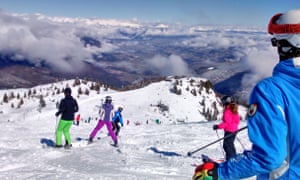
After a morning of steep mogul runs and long graceful descents through the forest, I’m famished. I enter Rifugio Meriz looking for a sandwich but instead find a menu heaving with fine mountain fare and end up ordering venison stew with fat slabs of polenta (around €12) and a local craft ale.
As I’m discovering, quality skiing combined with gourmet food is the hallmark of Paganella, in northern Italy. This resort, at the foot of the Brenta Dolomites 90 minutes from Verona, consists of five villages, with the largest, Andalo, housing the main services and restaurants. With about 50km of pistes, Paganella is popular with Italians and skiers from eastern Europe; it’s not so well-known to the British.
I’m staying in Fai della Paganella, a village that dates from pre-Roman times and retains a rural charm despite having 15 hotels (Hotel Al Sole has doubles from €130 B&B). A ski bus links it with the area’s main lift stations.
From the top of Cima Paganella (2,125 metres), the highest point in the area, the views are stupendous. All around are towering rock needles and sheer faces, while in the valley I can see vineyards and small towns around Lake Garda.
It’s tempting to grab a coffee and flop into a deckchair at the mountaintop cafe, but there is some serious skiing to be done. This is an ideal resort for intermediate skiers: most of the runs are reds and blues. I’m still finding my ski legs, so it’s a relief to see that the pistes are on the wide side and not too busy, even at the weekend. As we head up the mountain in the Andalo-Doss Pelà cable car, guide Stefania Giordan tells me that the area is known for its long runs, and for a snow-making system reckoned the best in the Dolomites.
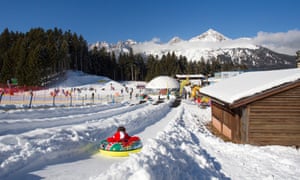
For beginners, there are good nursery slopes and seven ski schools, some with their own lifts, cutting out the need to buy a lift pass at first. There’s plenty for families, too, as I discover when one piste leads to the Biblioigloo, an igloo-shaped high-altitude library that holds regular children’s workshops. Next door is a snowpark with inflatable rings and games.
For advanced skiers, more challenging options can be found on the black run, the Pista dei Campioni, and off-piste (the Norwegian ski team regularly trains here).
Come evening, rather than heading to a bar, I take a quick break then pull on my boots again for a spot of night skiing. On Tuesday and Fridays, from 7pm to 11pm, Cacciatori 1, a 3km red run leading to Andalo, is floodlit.
Skiing into what feels like a cold, brightly lit tunnel is a surreal experience. With only the slope illuminated, I soon realise I can concentrate on technique, not scenery. Thrilled by this new experience, I head straight back up for another go.
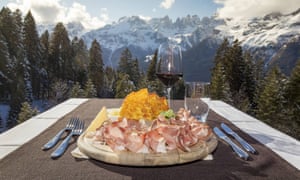
There’s still time for après-ski. Lively Rifugio Dosson at 1,450 metres stays open (as does the cable car) for night skiers and others. It does regional dishes such as strangolapreti (spinach and bread gnocchi) and fruity teroldego wine (meal with drinks around €20). Afterwards I opt to ski back, savouring the chance to have the slopes almost to myself as I hurtle towards the lights of the village.
Night skiing is perfect for those wishing to pack in as much slope time as possible, especially on a short break. For longer visits, activities include ski touring, snowshoeing and fat-biking, plus the chance to visit Trento, the ancient capital of the Trentino region, half an hour away.
The city’s place in history was secured in the mid-16th century when it was the site of the Council of Trent – the Catholic Counter-Reformation. For centuries, it was a point where north and south Europe met to trade, and was part of Austria until being annexed by Italy in 1919.
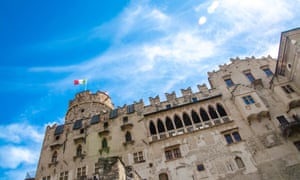
On cobbled streets, historical periods intermingle. The central piazza has a Romanesque-Gothic cathedral, frescoed 16th-century buildings, and Buonconsiglio Castle, dating from the 13th century. There are ancient Roman cellars under the Michelin-starred Scrigno del Duomo restaurant. I check out the independent shops, a Sunday market and great bars such as Caffè Excelsior, where I order a glass of Trentodoc, the sparkling wine.
Trento isn’t all ancient architecture though: the Museo delle Scienze, a popular, award-winning science museum, opened in 2013. Designed by Renzo Piano, it has steeply angled, glazed roof plates recalling the shapes of the surrounding mountains, and as I try to fit both into a photograph, I realise what a special place Paganella is. Few ski resorts offer such an enticing combination of varied slopes and snow, cultural city break, plus good food – on and off the piste.
The Guardian

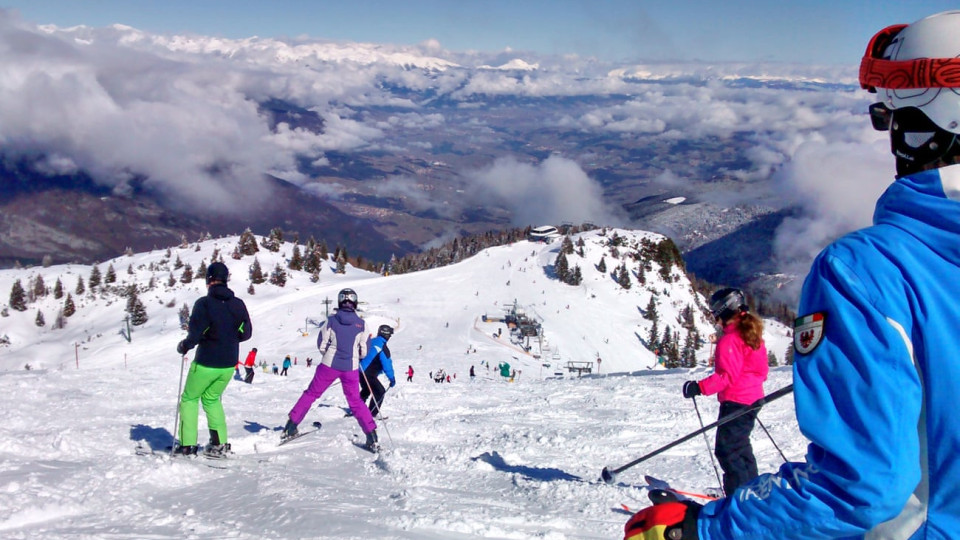
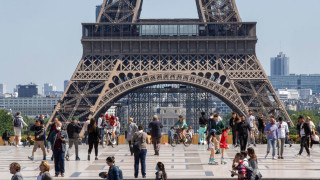





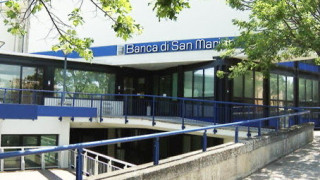


Leave a comment